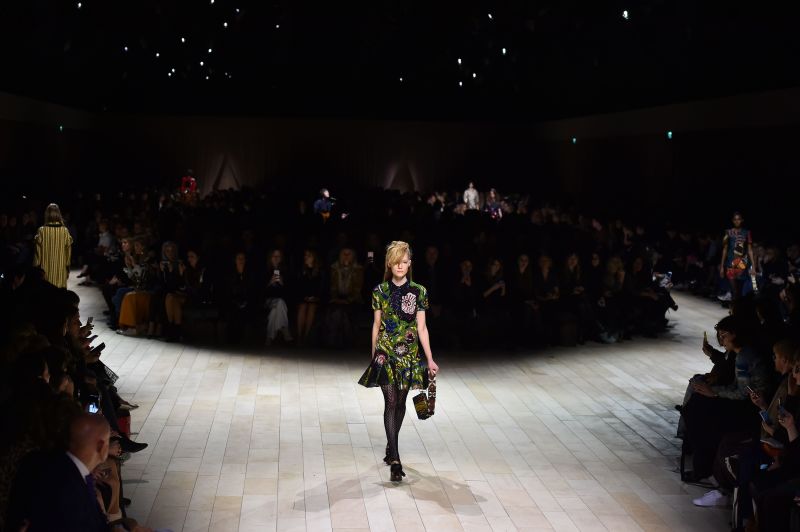Transforming Fashion: The Shift Towards Immediate Runway Availability
Last week, Burberry Chief Creative and Chief Executive Officer Christopher Bailey shook the industry when he abandoned the traditional show model. He introduced a season-less show that combined men’s and womenswear, with a portion of the collection available immediately after the show, rather than six months later. This groundbreaking approach has not only caught the attention of consumers but has also set a precedent for other designers.

Days after Bailey announced his shift in focus, American designer Tom Ford followed suit, signaling a wave of change in the fashion world. The trend towards immediate purchasing options is gaining momentum, as designers explore new ways to engage consumers and streamline the shopping experience.

The concept of combining runways with shoppable collections is not entirely new. Renowned designer Jeremy Scott from Moschino has included shoppable capsule collections in his runway shows since 2014. His Autumn-Winter 2016 #ItsLit capsule collection, centered around a cigarette theme, is now available for purchase, illustrating that this trend has been gaining traction for several years.

Another example is Prada, whose Autumn-Winter 2016 show featured two new bags, Cahier and Pionnière, which are now available in stores. This immediate availability follows the trend set by several designers aiming to create a direct connection between their runway presentations and consumers, eliminating the waiting period typically associated with traditional fashion cycles.

Moreover, last season’s Anthony Vaccarello collection for Versus Versace demonstrated this immediate impact too, with items available at the brand’s stores right after the show. As the fashion industry continues to evolve, it’s clear that designers are embracing the “see-now, buy-now” model to meet consumer demands, creating a more dynamic interaction between fashion shows and retail.

In conclusion, the shift towards immediate availability of runway collections reflects a broader transformation in the fashion industry that prioritizes consumer engagement and satisfaction. As we continue to see these changes, industry players must adapt to maintain relevance and drive sales in an increasingly competitive market.




